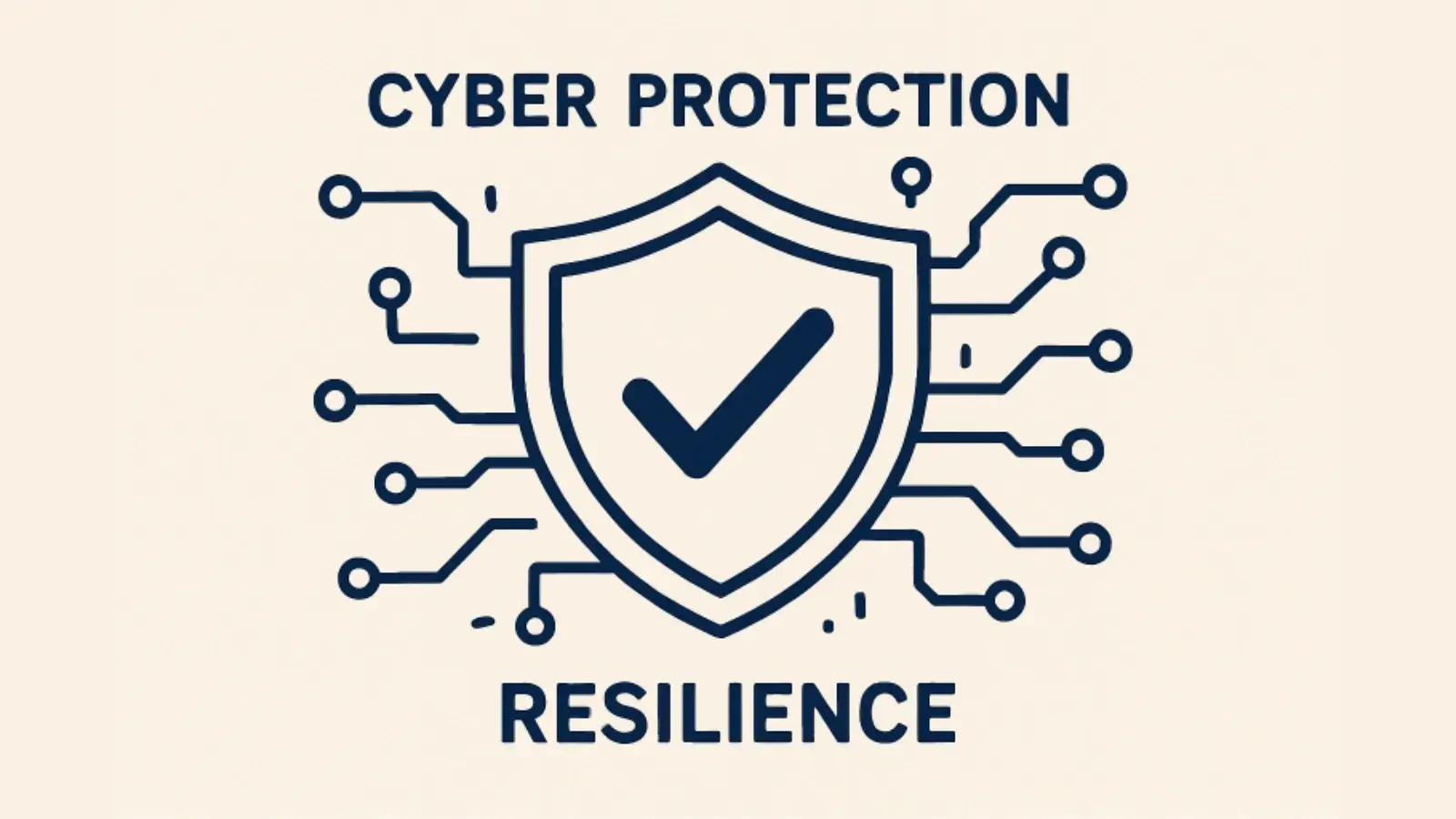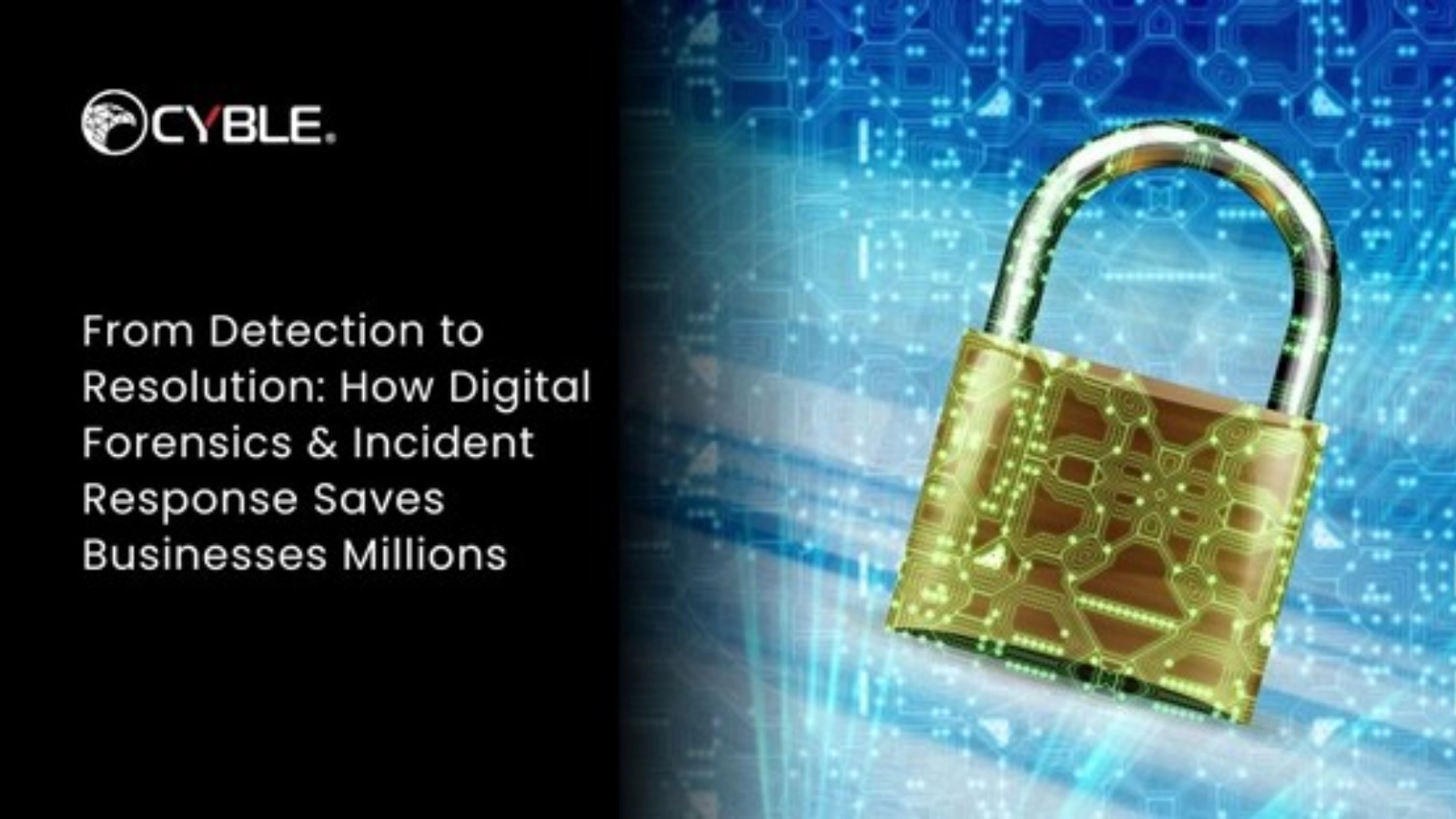What Are DoS and DDoS Attacks?
It is critical to comprehend the subtleties of cyber risks in the modern digital age. Denial of Service (DoS) and Distributed Denial of Service (DDoS) assaults are two of the most well-known types. While both aim to disrupt service availability, they employ different methods. For a detailed comparison of DoS vs DDoS, visit the DoS vs DDoS page.
DoS attacks come from a single source, flooding a network or system with requests to the point where it slows down or crashes. Usually, this technique consists of brute-forcing a system's weakness or utilizing a specific flaw. DDoS attacks, on the other hand, greatly increase the impact of an attack by involving several compromised systems directed towards a single system. Since DDoS attacks are spread and necessitate the management of numerous devices—many of which are part of a botnet—the attacker must initiate the attack simultaneously, making mitigation particularly difficult.
How These Attacks Work
Understanding the mechanics behind these attacks helps in formulating robust defense strategies. In a typical DoS attack, the attacker floods the target with excessive traffic or data to exhaust resources. This can be accomplished through various techniques such as IP spoofing and buffer overflow attacks. By using a fake IP address to send traffic to the target, IP spoofing makes it challenging to determine the true origin of the attack. An attacker can use buffer overflow attacks to deliver more data to a buffer than it can manage, which can lead to unexpected behavior or system crashes.
DDoS attacks, on the other hand, leverage multiple devices—often part of a botnet. These devices, infected with malicious software, simultaneously send overwhelming traffic to the target, making mitigation efforts much more challenging. The complexity of DDoS attacks is heightened by various methods, such as volumetric attacks, protocol attacks, and application-layer attacks, each targeting different aspects of a network's infrastructure. This multifaceted approach necessitates a comprehensive defensive strategy encompassing various technological measures and practices.
Common Targets of DoS and DDoS Attacks
No organization is immune, but certain entities are more frequently targeted. Financial institutions, e-commerce platforms, and government agencies are among the favorite targets, given the high value of the information they handle and their need for constant availability. These sectors often hold sensitive customer data and conduct transactions that attackers aim to disrupt or exploit for financial gain.
Moreover, high-profile events and critical infrastructure like energy and healthcare systems attract attackers aiming to cause significant disruption or gain media attention. During major events such as elections, global sports events, or significant political milestones, the risk of a targeted DDoS attack increases, with attackers focusing on their actions' visibility and potential impact. Robust cybersecurity procedures and ongoing monitoring to quickly identify and mitigate threats are necessary for safeguarding these vital systems.
Potential Impact of Attacks
Successful DoS and DDoS attacks can have severe ramifications. Financial losses, reputational damage, and operational disruptions are common outcomes. A prolonged outage can result in lost sales for e-commerce businesses, disgruntled customers, and reduced stock prices for publicly traded companies. For instance, a well-timed DDoS attack during a key shopping period can lead to substantial revenue losses and long-lasting customer dissatisfaction.
Additionally, the cost of mitigation and recovery, including fortifying security measures and dealing with legal consequences, can be substantial. Organizations need to invest in new technologies, hire cybersecurity experts, and implement comprehensive training programs for staff. The total cost of a cyberattack often extends beyond immediate financial losses to include long-term reputational damage and diminished customer trust, making it critical for organizations to prioritize cybersecurity.
How to Defend Against Attacks
Defending against these attacks requires both proactive and reactive measures. Key strategies include:
· Deploying firewalls and intrusion detection systems.
· Maintaining a robust DDoS protection service.
· Securing all network endpoints.
Firewalls can filter incoming traffic to block malicious attempts, while intrusion detection systems monitor network activity for suspicious patterns.
A thorough incident response plan specifying quick actions to stop ongoing attacks is vital. Reducing risks requires staff training on cybersecurity best practices and regular system updates. Clearly defined procedures for locating, containing, and eliminating the threat and fast restoration techniques for regular operations, should be part of an incident response strategy. Keeping up with the most recent cybersecurity best practices guarantees that protection tactics continue to be successful against changing threats.
Real-Life Examples
History is rife with prominent examples of DoS and DDoS attacks, underscoring the importance of cybersecurity. One notable case is the 2016 Dyn attack, which disrupted major websites like Twitter and Netflix, illustrating the far-reaching impact of DDoS attacks. This significant incident highlighted the dependency of various services on DNS infrastructure and the cascading effects of a targeted DDoS attack. For an in-depth look at the history of DDoS attacks, explore the detailed accounts that highlight their evolution and efficacy.
Proactive Measures for Cybersecurity
Taking proactive steps is vital in safeguarding digital infrastructure. Implementing multi-layered security measures, such as encryption, can significantly reduce the risk of breaches.
Additionally, regular penetration tests and security audits help find vulnerabilities and fix them before they may be exploited. Keeping up with the most recent cybersecurity best practices guarantees that your defenses adapt to new threats. Organizations should also consider funding cybersecurity training for staff members to build a more robust digital environment. This will enable them to identify possible risks and take appropriate action.
Summary
Guarding against DoS and DDoS attacks requires a multi-faceted approach that combines technology, strategy, and awareness. By understanding how these attacks work and implementing comprehensive defense mechanisms, organizations can significantly reduce their risk and ensure the continuous availability of their services. Stay vigilant and proactive in your cybersecurity efforts to protect your digital space. Emphasizing the importance of continuous monitoring, timely updates, and staff training can create a robust defense system capable of withstanding even the most sophisticated cyber threats.

















